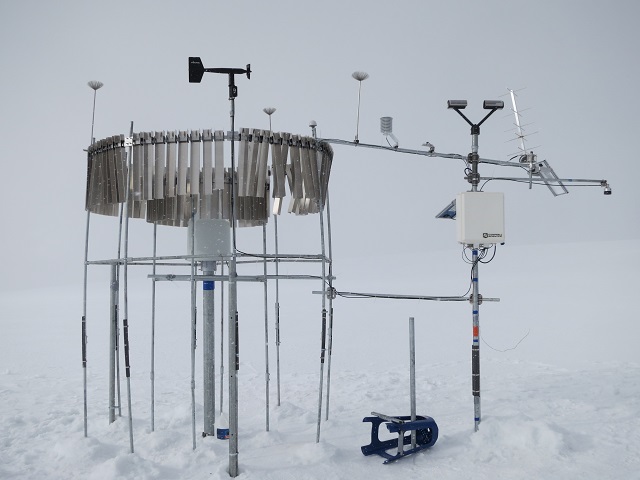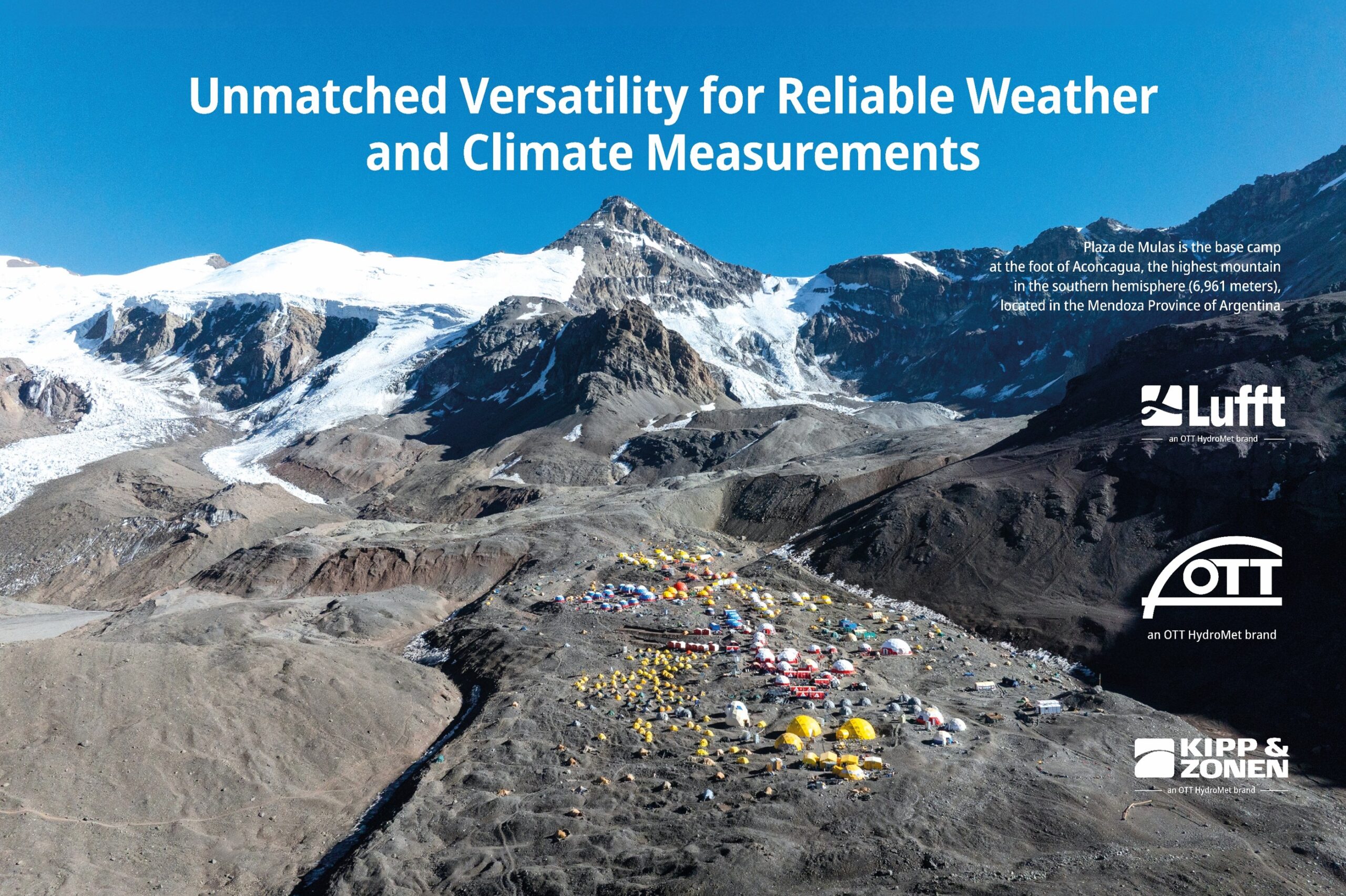There are remote monitoring locations, and REMOTE monitoring locations!
Appalachian State University, in partnership with a multitude of other universities and the National Science Foundation, has undertaken the task of installing weather monitoring stations very high up in the Andes Mountains, on the Quelccaya Icecap (18,537 ft (5,650 m) ) in Peru and at Chacaltaya (16,929 ft (5,160 m) ) in Bolivia. Both stations included the OTT Pluvio2 Weighing Precipitation Gauge and the OTT Parsivel2 Weather Laser Disdrometer.

Installing the weather stations at such high altitude was a challenge in itself. The Quelccaya Icecap station required over 500 lbs (225 kg) of equipment to be hauled up by foot! The stations will be helpful in improving scientific understanding of precipitation processes and patterns, the meteorological influences on chemical and isotopic properties preserved in the snow/ice, and the influence of precipitation on glacier dynamics in the region. Researchers are able to monitor weather conditions and station status via satellite telemetry so less hikes up to the station are required.
See some of the amazing photos below, and visit the Appalachian State blog to see more photos, videos, and background on the monitoring project!
Weather Station Installation at the Quelccaya Icecap in Peru
Weather Station Installation at Chacaltaya in Bolivia





